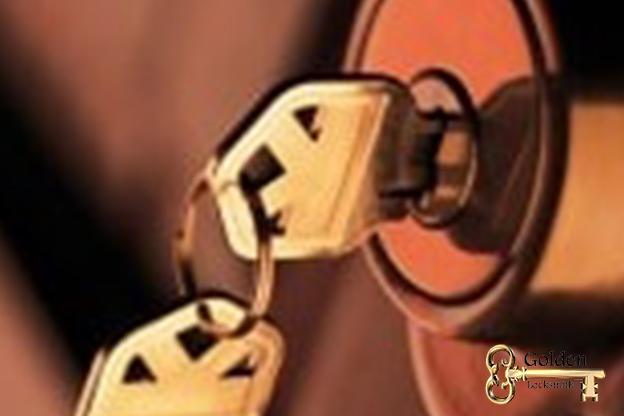While the technology has changed lot things around you, there are often some changes which are overlooked. The locksmith industry is one of the best examples to justify the previous statement. Very few are known to the past of locks and keys. How it started, and how things changed? Well, if you are also among those who are not known much to this, here’s all you need to learn.
History of Locks and Keys:
When it is about the oldest locking mechanisms, it is said to be discovered in the mid-19th century by archaeologists. The rudimentary key and lock system which is said to exist from 4000 B.C., is remarkably similar to modern-day locks. Yes, it works on similar principle.
The Age of the Skeleton Key and the Lock Pick
As stated earlier, the present and locking mechanism are of same kind, it was the basic design of the wooden pin lock which remained largely unchanged. It was then in the Middle Ages, when the first all-metal warded locks were crafted English craftsman. The basic difference was that these locks had a cylinder on the far end and featured a keyhole. The keyhole carries a series of concentric plates, which would block any key from turning, and it would work only when the pattern of notches on the key matched with those of the wards. And yes, these warded locks remain in use even today.
The Start of Modern Locksmithing
The new era of sophisticated locks ushered in the industrial age. It was in 1778, when a double-acting lever tumbler lock was patented by Robert Barron. It holds a major difference. In this new design, two to four separate levers were required to be lifted to specific and different heights. But this is not all.
Joseph Bramah, in 1784 came up with a high-security lock which is still manufactured and sold in London today. Although the design remained unchanged, yet the cylindrical key was used differently, to press a series of wafers.
Then it was Linus Yale Jr. To bring forth the improved design. It was in 1961, when he invented the ubiquitous flat grooved keys with notches on the edges. Yes, it is common today. It was a perfect blend of simplicity and security. The reason being, instead of adding more levers or complicated keys, he opted to improve the ancient pin tumbler lock.
Future of Locks and Keys:
While the linear history of locks and keys appears to be simple, the development of physical security seems to be much more complicated. A new market for programmable locks, electric locks, etc., making use of all kinds of authentication methods, ranging from passwords to biometric data in the present decade brings forth greater challenge for the locksmith world!
